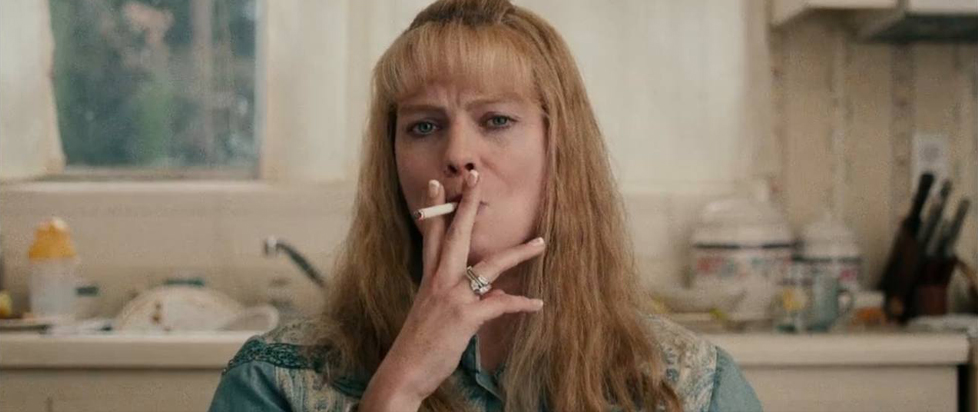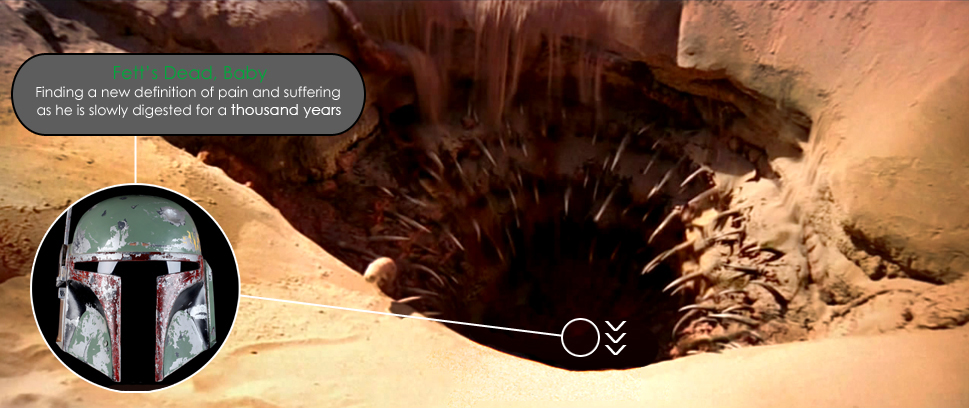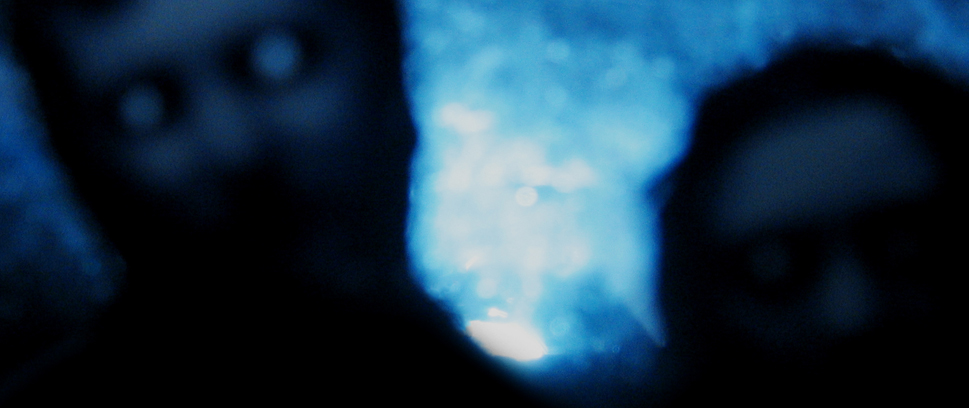
I, Tonya
 This column is a reprint from Unwinnable Monthly #100. If you like what you see, grab the magazine for less than ten dollars, or subscribe and get all future magazines for half price.
This column is a reprint from Unwinnable Monthly #100. If you like what you see, grab the magazine for less than ten dollars, or subscribe and get all future magazines for half price.
———
Every week, Megan Condis and a group of friends get together for Documentary Sunday, a chance to dive into the weird, the wacky, the hilarious and the heartbreaking corners of our culture. This column chronicles all of the must-watch documentary films available for streaming.
———
I, Tonya (Gillespie, 2017) is not actually a documentary, though it is, according to itself, “based on irony-free, wildly contradictory, totally true interviews with Tonya Harding and Jeff Gillooly.” It is based on the true story of the rivalry between figure skaters Tonya Harding and Nancy Kerrigan and the vicious attack that almost prevented the latter from competing in the 1994 Winter Olympics and it features direct-to-camera interviews about each character’s perspective of the events, though these are actually scripted scenes conducted by actors playing roles. As a result, the movie feels a bit like a cross between Dallas and The Office: half soapy melodrama and half wry commentary winking directly at us in the audience.
Then again, the news coverage of Tonya and Nancy’s lives back in 1994 encouraged us to look at these real-life women as though they were characters in a soap opera (indeed, Margot Robbie, the actress who plays Tonya, is herself an Australian soap opera star). The media reduced them both to stereotypes: the ice princess and the piece of trailer trash, the helpless damsel (I can still hear Nancy squeaking like an injured rabbit clutching at her leg) vs. the heartless bitch. In a sense, a dramatic reenactment is the truest possible way to document what went down on the road to Lillehammer. As Tonya herself (or rather, Margot Robbie as Tonya) says in the trailer, “There’s no such thing as truth. Everybody has their own truth.”
That same sentiment can be read as a mantra for survival. I, Tonya begins by introducing us to a woman facing abuse from every side. She is abused both physically and emotionally by her mother, a brutal taskmaster, her half-brother, who sexually assaulted her when she was fifteen, and then her husband, a controlling and dangerously unhinged man who orchestrated Nancy’s attack. But Tonya is amazingly resilient. She holds on to her own truth, her own talent and she excels in her sport despite the trouble at home. She even achieves something no American woman had ever done before in competition: a successful triple axel jump.
But then, the attacks start coming from an unexpected direction: the U.S. Figure Skating Association. You see, figure skating is just as much about image as it is about athleticism. Tonya, who practiced in a shopping mall, sewed her own costumes, skated to Z.Z. Top and sported frizzy blonde hair and blue eye shadow, did not fit that image. If this were a movie about any other sport, then the scrappy underdog from the wrong side of the tracks would be the hero of the story. In figure skating, however, the goal is to appear to accomplish awe-inspiring feats effortlessly, not to struggle and sweat. Even Tonya’s body was considered suspect; she was too muscular to achieve the long, lean lines that judges preferred. Her style was too aggressive. She was too aggressive.
It is unsurprising that, following the attack, the media became Tonya’s final scourge. Following the attack,
“the locals TV crews and the tabloids needed to see her every day,” recalled Michael Janofsky, a semi-retired former New York Times correspondent. “So they would do all kinds of things like flatten her tires and call the apartment and say, ‘You should know this, but your tires are flat.’ She would come out in cutoff shorts and they’d all get their pictures of her and then she’d run back inside.”
…
Part of the media camp staking out Harding’s apartment tried to have her car towed to force her to appear on camera. Other members dug through the garbage at her house, the mall ice-rink and her coach’s home, [reporter Ann] Schatz said.
The shape of the story was fixed from the moment that the news put up pictures of the two competitors side by side. Nancy was the kind of woman we wanted to represent the United States on the world stage. Nancy was right. Tonya wasn’t. Reporters obsessed over how much Tonya knew about her husband’s plot and when she knew it. They ignored whether or not it was safe for her to talk when she did find out. They ignored the reasons why we, the viewing public, were so hungry to see a cat fight between these two women. They ignored the fact that everybody has their own truth.
———
Megan Condis is an Assistant Professor of English at Stephen F. Austin State University. Her book project, Gaming Masculinity: Trolls, Fake Geeks, and the Gendered Battle for Online Culture, is under contract with the University of Iowa Press.




